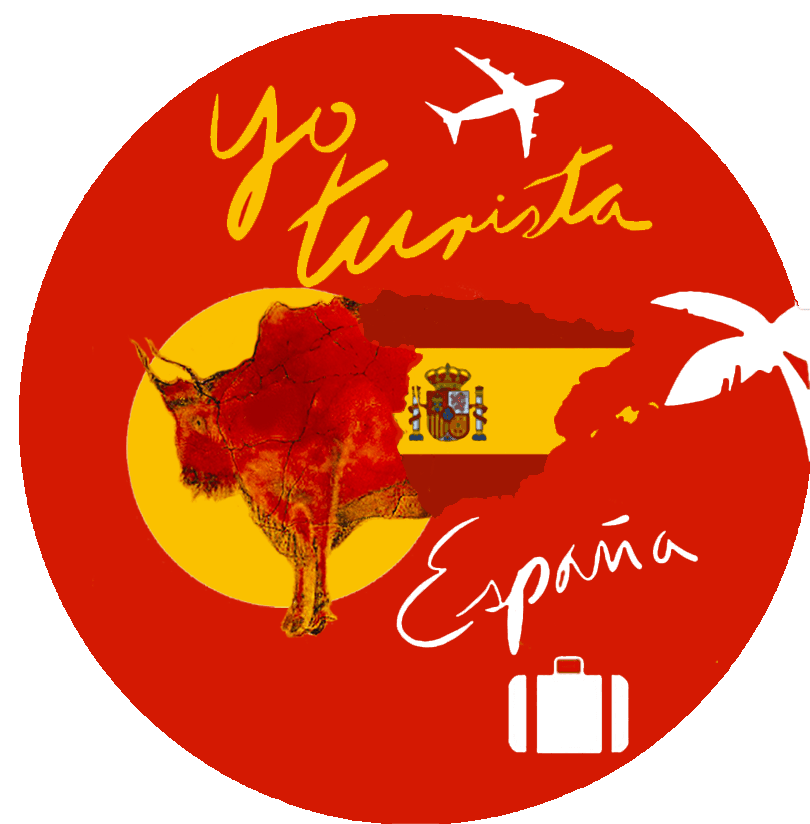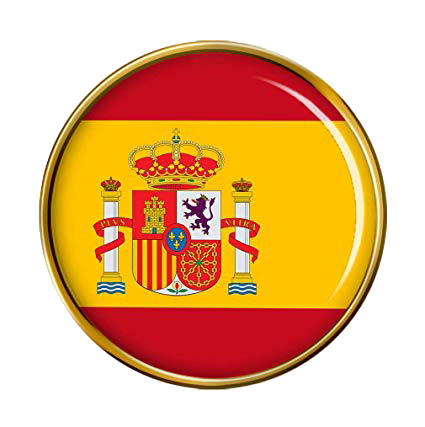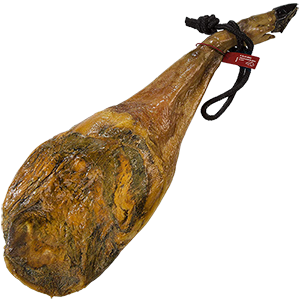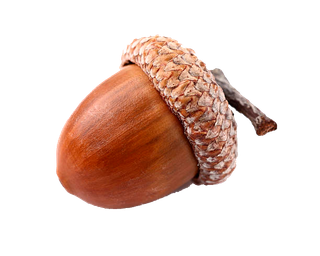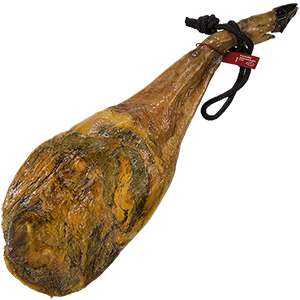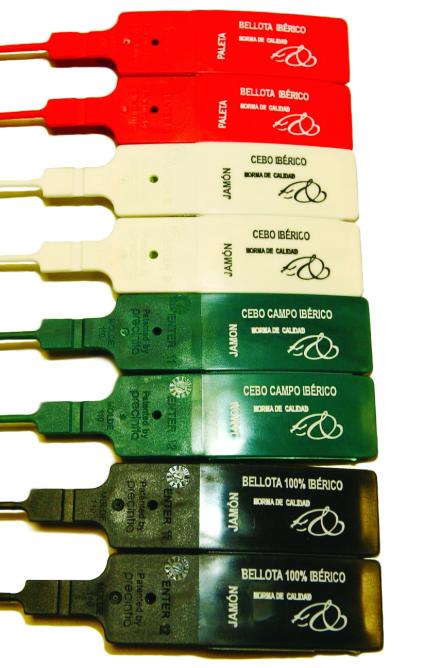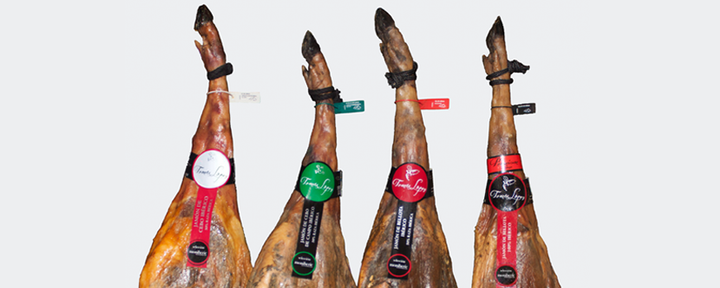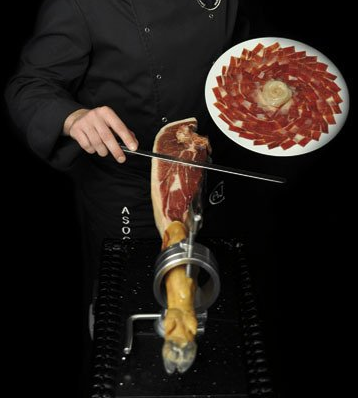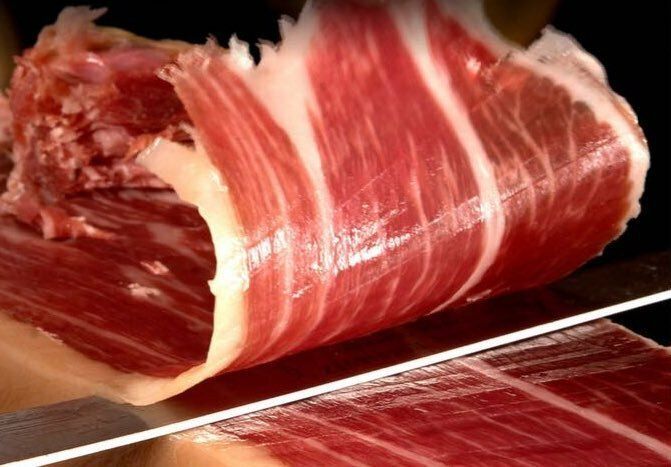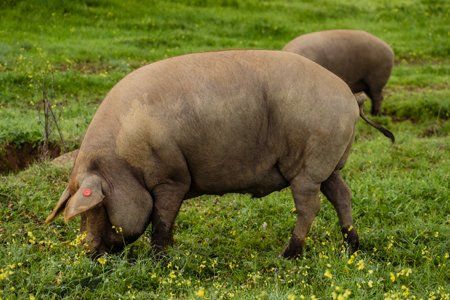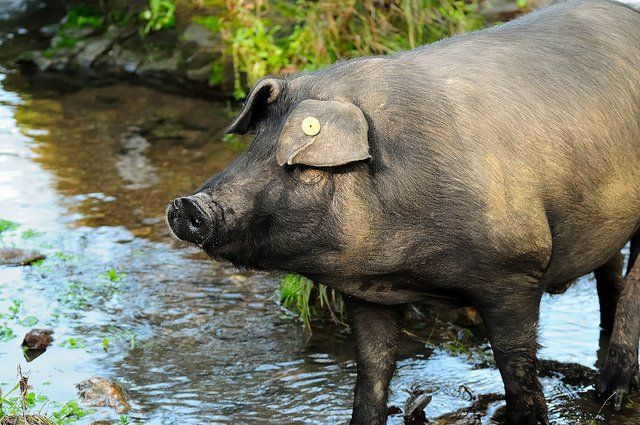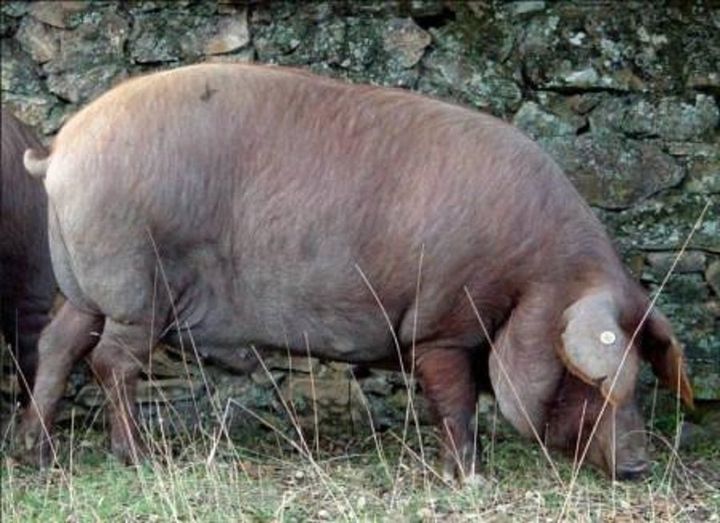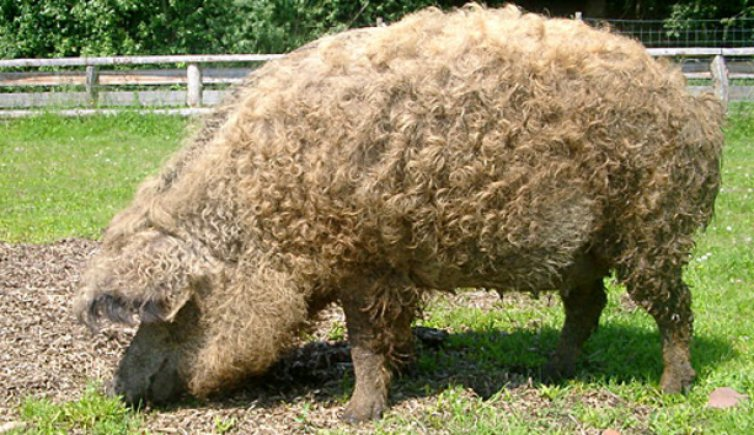Iberian Ham
The World of Iberian Ham
Being one of the most recognized and demanded delicacies in Spain, many people are not sure how to identify a good ham.
Characteristics of a good ham
A good Iberian ham must have a designation of origin, it must be black leg and acorn.
This means that he was raised freely on land in Spain and that his diet is with wild acorns.
The black leg represents a type of pig with a black hoof. Although this is not unique to Iberian pigs.
Regulation of the Iberian Pig in Spain, in the form of Royal Decree 1469/2007, of November 2, 2007,
Distinguish a genuine ham
- First of all, see that it has a black Label.
- Iberian acorn-fed ham of pigs 100% "black leg".
- The leg must be black and worn, which means that he has been raised in freedom. (Beware of fakes, legs painted black)
- The conservation time or "Curing" in which it is used; salt, sugar, nitrites or nitrates *, smoke.
- Maturation and aging. It will give a taste and a bright red and darker red color when more mature.
- The consistency is harder at maturation but at the same time the flavor is more intense.
- Aromas: nuances and oily pudding.
- After being cut, it must remain attached to the plate and not fall even though it tilts.
- A leg is not the same as a palette: The palette although it can have a good size not the same as the leg that is larger and bulky, the palette tends to have less volume and be more stylized.
- The texture is smooth in the mouth and has a tasty taste on the palate.
How to buy a good ham
- You have to know how to differentiate Iberian ham, acorn, bait and recebo:
- The first are the tags:
- Black seal: 100% acorn, black leg (fed exclusively with acorns and herbs, usually weigh between 105 kg to 175 kg. "These animals can only be fattened between November and March in the meadows of the southwest peninsular")
- Red seal: If they are 50% / 75% Iberian) or black (100% Iberian).
- Green seal: They are those of field bait . In their final fattening phase they feed on feed (wheat, barley, corn ...) and natural pastures because they graze freely, but they don't eat acorns. There are no 100% Iberian field bait pigs.
- White seal: Or bait. They are from pigs fed with cereals and "commercial feed and without the possibility of going out to the field", they are not called DO (designation of origin) and are usually 50% of Iberian breed.
- Note: The suspicion has disappeared due to the confusion it caused.
- Note: Look carefully where the seal goes
- Note: Verify the tag information.
Myths and falsehoods about Iberian hams.
- Iberian acorn hams They don't come from pigs that eat only acorns. If they only ate acorns they would die. The denomination was given to pigs who spend their lives in the field in freedom, where they eat everything they find; roots, herbs, etc. But in the last phase of their life, they coincide with the time of montanera in which they eat mostly acorns.
- The term "black leg"It is not synonymous with Iberian ham, although the Iberian pig has a blackish coat, which differentiates it from the white pig, there are more breeds of pigs that also have the black hoof and are not Iberian, such as the case of the Hungarian durac pigs -sweater. Although Iberian pigs will always have the black and worn hoof as a natural color, never dyed.
- Serrano ham It comes from white pigs and Iberian ham comes from Iberian pigs.
- With regard to Appellations of Origin DO of the Iberian ham, there are only four recognized; Guijuelo (Salamanca), Dehesa de Extremadura, Jamón de Huelva and Los Pedroches (in Córdoba). The rest of the names are trademarks (Jabugo, Pata Negra ...), but they are not DO
- It's false that the components of Iberian ham are NOT beneficial.
- It is not better to buy a whole ham, if you do not consume every day, as it tends to dry out after it has been sliced.
Breeds of Iberian Pigs.
- Black Pigs: They have a high proportion of fat and their meat is finer than red pigs:
- Pigs Lampiños: It is one of the maximum references of the Iberian pig, because its evolution has been lower than that of the other varieties. It has a high capacity of subcutaneous, inter and intra muscular fat, which allows you to enjoy one of the highest quality hams. Ash black, they have no hair and have larger ears than usual.
- Interlaced Pigs:They arise from the crossing of the retintos and hairless. It has little hair and has a lower fat level than conventional hairlessness. With a thin and dark skin, it is the most abundant Iberian pig variety in our country.
- Red Pigs: There areRetintos and the torbiscal.
- The Retintos: They differ in their skin tone, from red to almost blond. Its thin and light fur is uniform throughout the body with bristles with the same skin color. They have a medium size, are very light and resistant.
- The Torbiscal: They are an indigenous race in danger of extinction. Its spectacular meat, productive and rustic properties come from the crossing of four other varieties: Ervideira, Cardería, Campanario and Puebla. With a size larger than usual, with abundant bristles of a color that varies between dark blond and red on.
- Spotted Pigs: The spotted, of Manbu de Jabugo or simply Jabugo, is in danger of extinction. Raised mainly in the mountains of Huelva, its color is clear with uniform spots spread over the body of gray or black, is where the delicious jabugo ham comes from. Its size varies between 120 kilos to 190 kilos without problem.
- To a lesser extent, in Spain Mangalica ham is also produced, from a race of Hungarian origin that has direct ties with the Iberian breed. A very characteristic type of pig, since its hair is curly and resembles that of a sheep, which has a higher fat percentage than usual and an aromatic richness higher than usual.
